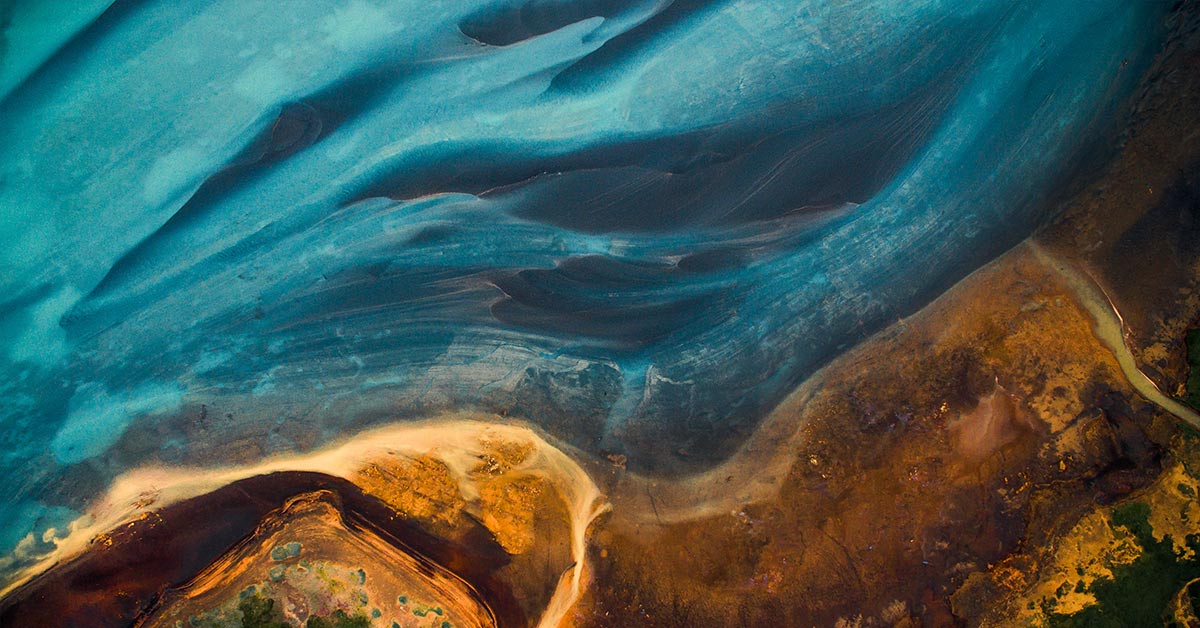Imagine you’re planning an outdoor wedding, and you could guarantee that you get clear skies for that day. Or how about you’re a farmer desperately in need of good rainfall, so you make that happen. This may seem far-fetched, but weather modification is actually something that is already possible and is already happening. (1)
Though the US has used it in the past, China is pumping millions of dollars into its weather modification program. The question is what they intend to do with it. (1)
China Spending Millions to Expand Its Weather Modification Program
China says that by 2025, they will be able to cover half the country in artificial rain and snow. This is because they are massively expanding their already-existing weather modification program. Currently, “weather modification” largely refers to cloud seeding. (1)
What is Weather Modification and Cloud Seeding?
Cloud seeding, discovered in the United States in 1946, is the process of “artificially” making it rain. (1) This is achieved by adding small, ice-like particles to clouds to cause water droplets to group together, become heavy, and fall to the ground as rain or snow. (2)
The ice-like particles are silver iodide. They are dispersed into the clouds either by shooting them from cannons on the ground or dropping them from airplanes flying above the clouds. (2)
Dozens of countries, including the United States, have weather modification programs. China’s, however, is by far the largest. The Guardian reported that it employs somewhere in the neighborhood of 35,000 people. (3)
Why Is China So Interested In Weather Modification?
Chinese officials say the main reasons why they are investing so heavily in weather modification is to prevent droughts and hail from destroying crops, as well as to ensure good weather on days with important events. (4)
Beijing famously used this tactic before the 2008 Olympics to force rain before the start of the event. (4) They then invested another $30 million into the project in 2016, with the goal of creating 60 billion cubic meters of rain every year by 2020. (1)
According to state media, China used weather modification to save crops from 70% of hail damage. Weather events like hail and flooding cause mass destruction in China every year, both in rural and urban areas. (5) Being able to control the weather will allow them to predict these disasters better and be ready to handle them.
China says their weather modification program will be at “worldwide advanced levels” by 2035, leaving many questioning if they have other intentions beyond protecting their crops and citizens. (1) There are also questions about how modifying the weather in one country will affect other nations’ weather. Will technology allow countries to hoard rain or engage in environmental warfare? (4, 5)
Read: China promotes education drive to make boys more ‘manly’
Weather Modification in the United States
Before we continue to question China’s intentions with cloud seeding, it is important to note that the United States also has a history of using this technology, and not always with “good” intentions. (5)
As already mentioned, cloud seeding was invented by an American chemist in 1946. Roughly 10% of the land was set aside for cloud seeding by 1953. By 1965, the government allocated millions of dollars to the cause, and 15 weather modification companies cropped up. (5)
America then used this technology to impede enemy troops during the Vietnam War. By inducing rainfall, they reduced anti-aircraft attacks’ effectiveness and made movement difficult for the opposing militia. (5)
After this, policymakers got together to ban what they called “environmental warfare.” The Convention on the Prohibition of Military or Any Other Hostile Use of Environmental Modification formed shortly after 1978. China signed this treaty in 2005. However, some are still concerned about the massive push Beijing has put into these programs. (5)
The Concern
While several countries are concerned about how much and why China will manipulate its weather patterns, those with the most concern are countries that share its border. (4)
If China plays around too much with their own weather, the rains and monsoons that other Asian countries rely on might change or disappear. Though there isn’t clear science as to whether cloud seeding will affect this, it is a possibility. (4)
Many believe that regulation needs to be put on weather modification even for peaceful reasons, including combating climate change. (4)
“Without regulation, one country’s efforts could affect other countries,” says climate expert Dhanasree Jayaram for the Manipal Academy for Higher Education in Karnataka, India. “While China has not yet shown signs of ‘unilaterally’ deploying geoengineering projects on the ground, the scale of its weather modification and other massive engineering projects, including mega-dam projects, suggests China is willing to deploy large-scale geoengineering schemes to tackle the impacts of climate change and achieve its Paris targets.” (4)
We will have to wait for further updates on weather modification technology and how the international convention plans on regulating how and how much countries, including China and the US, use it.
Keep Reading: The ‘8th Continent’ Is a Floating Self-Sustainable Ocean Cleaner
Sources
- “China is massively expanding its weather-modification program, saying it will be able to cover half the country in artificial rain and snow by 2025.” Business Insider. Bill Bostock December 4, 2020.
- “What is Cloud Seeding?” Let’s Talk Science. Magdalena Pop July 23, 2019
- “China plans rapid expansion of ‘weather modification’ efforts.” The Guardian. Jonathan Watts. December 3, 2020.
- “China to expand weather modification program to cover area larger than India.” CNN. James Griffiths. December 4, 2020.
- “Has China Mastered Weather Modification? Should We Worry?” Bloomberg. Adam Minter. December 16, 2020.

